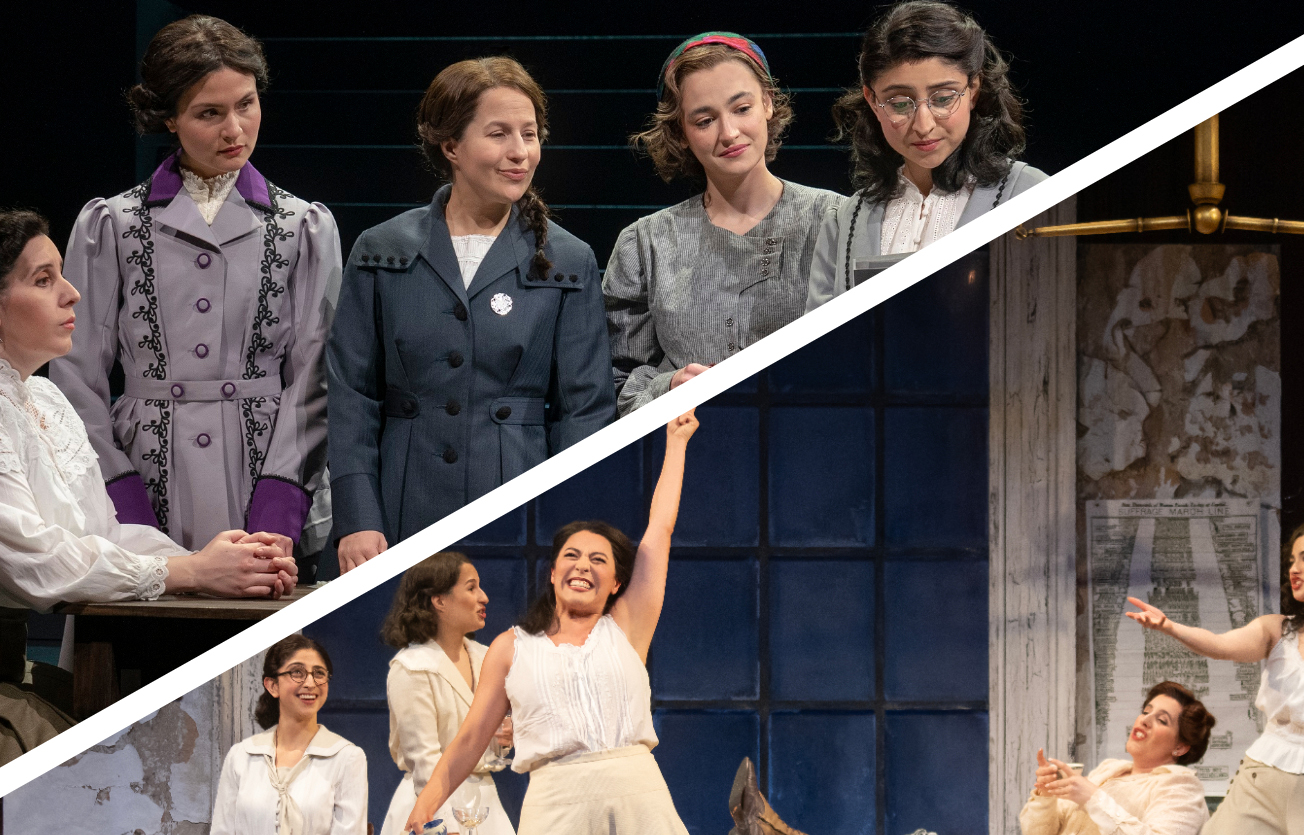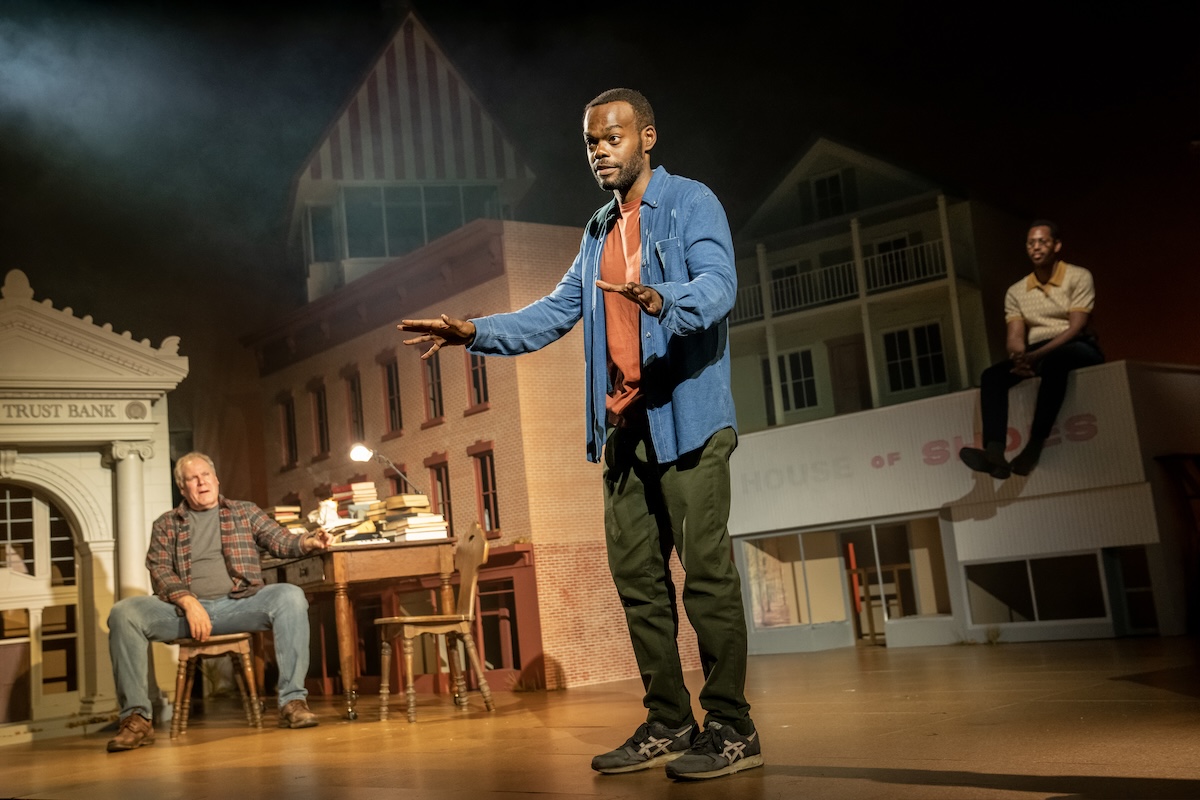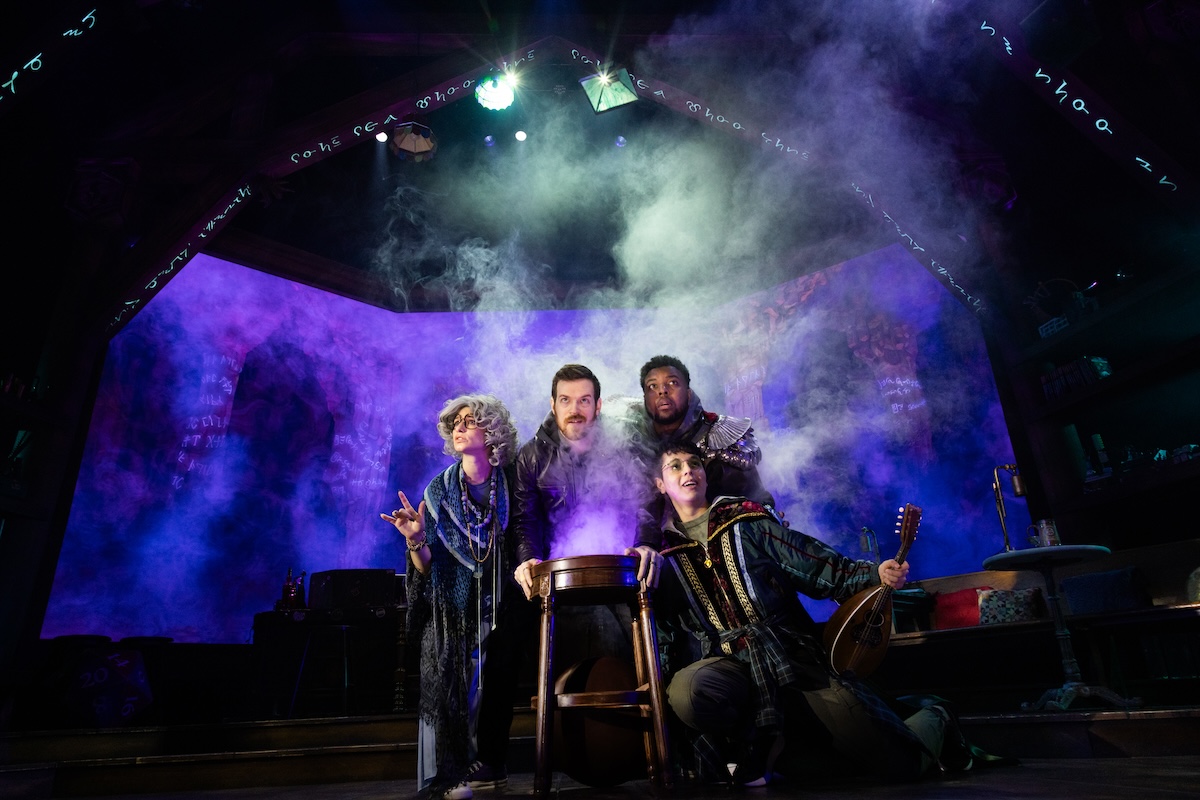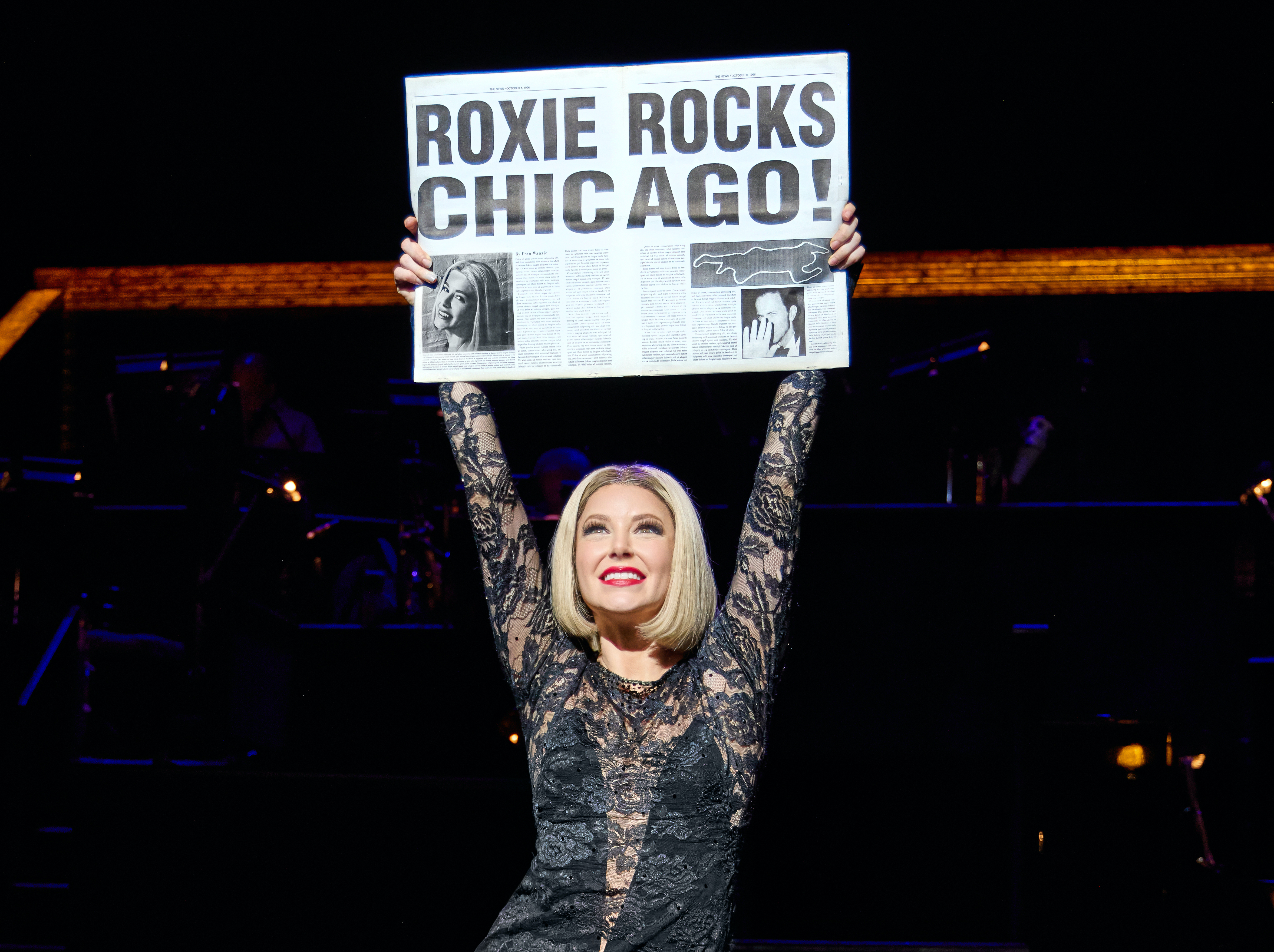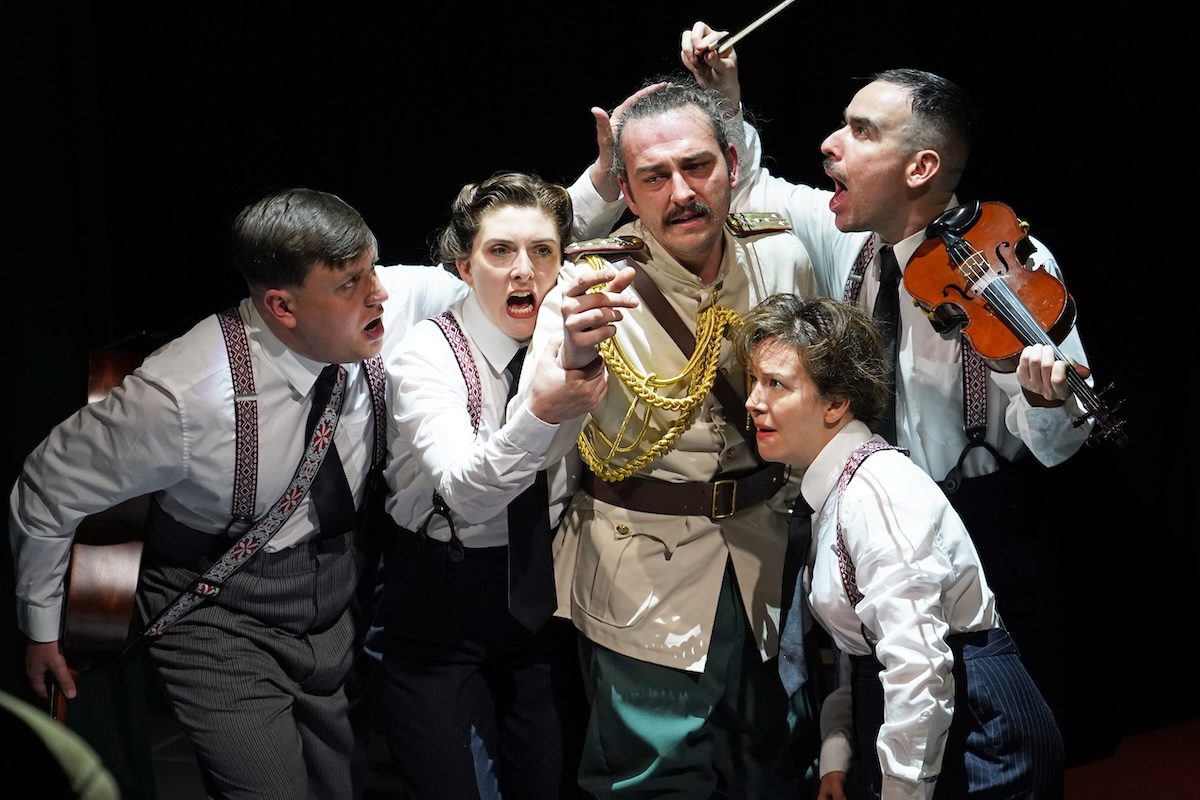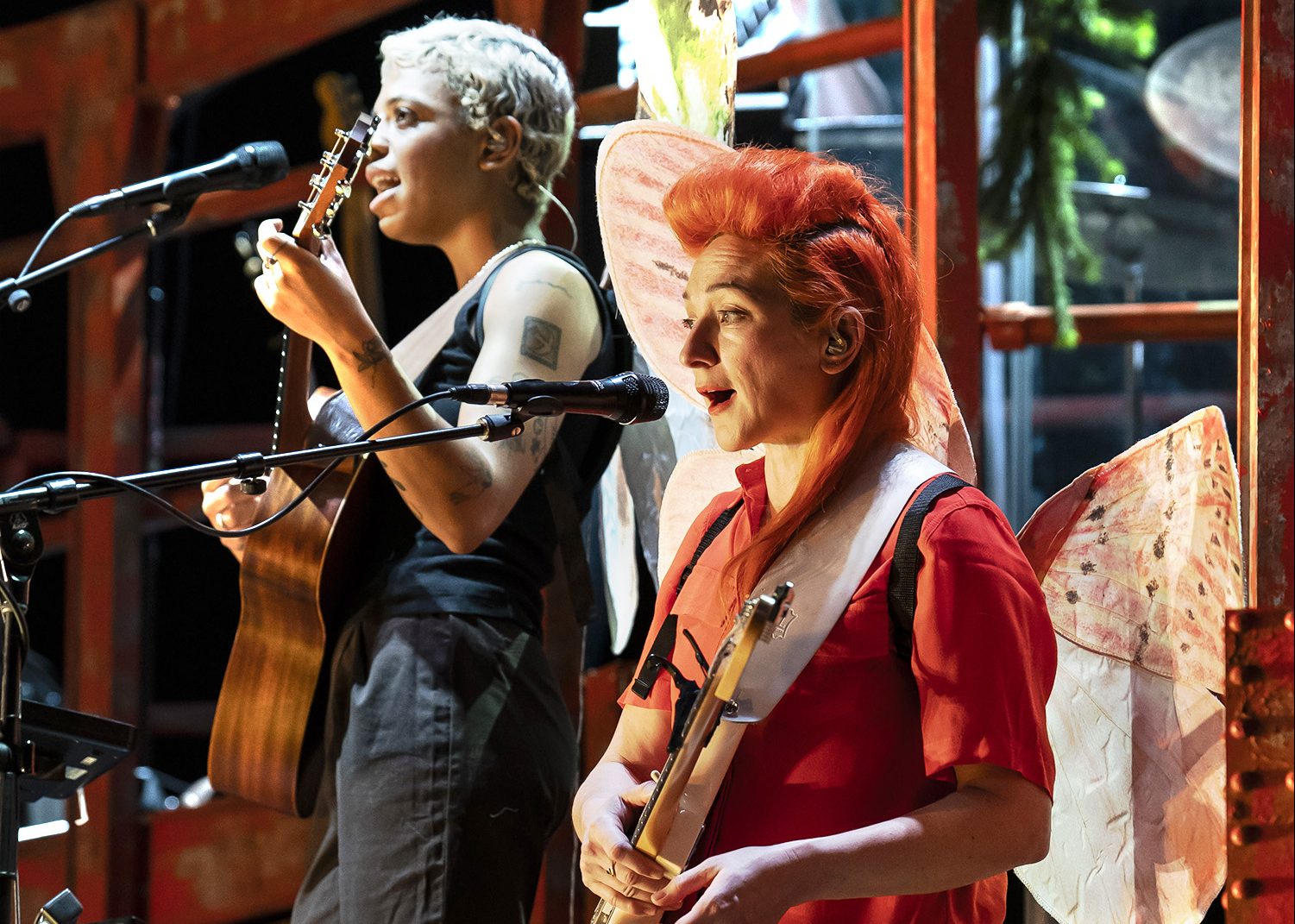The Dazzle

Reg Rogers and Peter Frechette in The Dazzle
(Photo: Joan Marcus)
Langley Collyer, the piano-playing brother in Richard Greenberg’s new play, The
Dazzle, is so concerned about time passing that he regularly attempts to slow it down. One of the ways he goes about this in his turn-of-the-century upper Manhattan mansion is by observing objects for long periods–a hank of hair, a single thread in an antimacassar. He is dazzled by these things. Another habit is retarding his tempos; at one point, he executes the Minute Waltz so lugubriously on the piano that his more practical brother Homer is hard pressed to identify it.
This tortoise-pace rendition of Chopin’s piece, which can usually be recognized instantly, turns out to be a metaphor for the play itself: Something beautiful and compelling in its intricacy and quickness has been attenuated so that, eventually, it loses its shape and its appeal. Simply put, Greenberg’s characters and scattered situations don’t sustain over the amount of time he takes to deal with them. In an author’s note he explains that “The Dazzle is based on the lives of the Collyer brothers, about whom I know almost nothing.”
Actually, there is much to know and almost nothing to know about the real Langley and Homer Collyer. Born in the 1880s, they were raised at 128th Street and Fifth Avenue by a physician father and socialite mother. Although Langley trained as an engineer and Homer as a lawyer, they didn’t pursue their careers but lived as recluses in the family home until 1947, when they perished amid tons of accumulated debris. Apparently, Langley had used his engineering skills to rig trip-wires amidst the walls of bundled newspapers in their rooms and had himself set off one of his traps. He suffocated under the weight of falling junk, condemning the blind and infirm Homer to starve to death.
Their folie à deux has a name: disposophobia. The discovery of the brothers’ bodies in March of 1947 made national headlines, fascinating Americans for whom disposophobia was not exactly a household word. One of those enthralled was novelist Marcia Davenport, who, in 1954, imagined the lives that the eccentric Collyers might have lived in My Brother’s Keeper. That book became a bestseller 56 years before Greenberg got around to his play, but the “almost nothing” Greenberg admits to knowing about the Collyers evidently includes the existence of the Davenport novel. If he does know the book, he apparently wasn’t inclined to lift anything significant from it for his play. The novel, long and detailed, follows the focal figures from decade to decade; Greenberg’s work is short and impressionistic and concentrates only on two, maybe three distinct periods in the brothers’ intriguing lives.
The first half of The Dazzle is a look at the two men when they were not yet full-blown weirdos and had only allowed a modest stack of books or newspapers to accumulate in their abode. Devoted but not above carping at one another, Langley (Reg Rogers) and Homer (Peter Frechette) spend their evenings at concert halls where Langley is still able to concertize. On the night we first see them, they’ve brought to their knick-knacked but presentable home a poor little rich girl named Milly Ashmore (Francie Swift). Milly resents her money because she resents the parents to whom it belongs; she thinks the way out is to throw herself at Langley, and she doesn’t care how obviously she goes about it, right up to and through exposing her breasts to him. Refusing to make herself scarce despite Homer’s open dislike of her, she almost snares Langley. She fails, however, more due to Langley’s ambivalence than Homer’s tactics.
The play’s second act unfolds many years later, when Langley is unable to fulfill professional engagements, and then a few years after that. Homer, who for so long has looked after Langley, is beginning to need round-the-clock care himself. As the two of them sink into the final stages of debilitating co-dependence, Milly knocks at their door once again, deathly ill and burdened by a history of abuse and rejection. That these three aren’t going to be able to do one another any lasting good is clear.
There are many mysteries surrounding the Collyer brothers, but it is very clear why Greenberg has been drawn to them. While The Dazzle seems, at first glance, unlike anything he’s written before, it marks his continued interest in what happens between and to siblings. In his last play, Everett Beekin, which includes a couple of sets of sisters, one of the women is also a recluse; so The Dazzle‘s theme of idiosyncratic family behavior is in keeping with Greenberg’s past concerns.
The same can be said of his poetic approach to the play. What is breathtaking about The Dazzle is the language he puts in the brothers’ mouths. Most often, their exchanges take the form of lyrical non sequiturs and interruptions; their duologues are like the right hand and left hand collaborating on a Schubert sonata. Occasionally Greenberg gives them speeches in which they express themselves at length. For example, in an early scene, Langley sits by a front window at the end of day and talks about watching people returning from work. What he has to say is an elegy on dusk.
Yes, Greenberg is an astonishing wordsmith. But if he succeeds at mastering a pianist’s sense of legato in The Dazzle, he hasn’t succeeded at achieving an engineer’s sense of structure. He is clever at building Langley and Homer as two quite particular eccentrics but he doesn’t answer the questions he raises about how they came to be who they are. Eventually, the brothers’ bickering (and the intermittent presence of Milly) becomes repetitive, no matter how well phrased it is.

in The Dazzle
(Photo: Joan Marcus)
As the scenes flow by, their effect weakens. Greenberg is surely after something more than the depiction of two oddballs, but nothing graspable emerges. Langley is distracted, Homer grounded. Is Greenberg, perhaps, presenting the warring and ultimately defeated halves on a split personality? Langley plays piano but disdains books, while Homer takes his only solace from reading. Maybe Greenberg wants to make a statement about art and literature…but what is it? I suppose he may also have in mind a comment about how physical clutter mirrors mental clutter and that neither, in the long run, is good for the soul.
From a couple of perspectives, The Dazzle does add up to the sum of its parts. Allen Moyer’s two-story set, which contains two pianos (one tuned and one which Langley won’t allow to be tuned), is full of compelling architectural amenities and, of course, eye-popping detritus that eventually rolls on or drops down with awesome menace. Jeff Croiter’s lighting adds to the creeping creepiness, as does Robert Murphy’s sound design.
The production’s major assets, however, are director David Warren and actors Reg Rogers and Peter Frechette. Throughout, Warren, who has directed previous Greenberg plays (Hurrah at Last among them), achieves a movement that matches the fluidity of the text. Rogers and Frechette, darting about or ambling through in white tie and tails or in worn waistcoats provided by costumer Gregory A. Gale, play off one another elegantly.
The two actors are also Greenberg veterans, and they know the drill. As Langley, husky and graceful, Rogers speaks with a honey-coated tongue and looks something like Jackie Gleason’s Reginald van Gleason would look if he had become so refined that he verged on the catatonic. Frechette, thin and sharp-featured, sees Homer as an office manager masking his commitment to his duties by pretending to be annoyed at them. He makes gripping Homer’s transition from energized to weary. Francie Swift, playing a character who sometimes seems little more than a foil, acquits herself adroitly. The Dazzle may not be entirely dazzling, but there is much to recommend in it.





